Operational Drones
Airborne, Ground, Surface, and Undersea Drones
Drones or unmanned vehicles are devices equipped with the ability to move and control remotely, i.e., remotely controlled or manned, also called UAV (Unmanned Aerial Vehicle), VARP (Remotely Piloted Aerial Vehicle) or RPA (Remotely Piloted Aircraft), as adopted by the control bodies in Brazil (ANAC and ANATEL). Although the most common are aerial drones, there are also land drones, which move over solid ground; surface drones, which move over bodies of water; and underwater drones, which move under water bodies.
Airborne drones are currently receiving the most investment and undergoing the fastest development, given the multiple possibilities for their recreational, military, police, industrial, and logistical use. Land drones, surface drones, and underwater drones, at the moment, have their development mostly associated with the fulfillment of military tasks, and still have little commercial interest, which may explain the lower development and number of manufacturers and models available, when compared to aerial drones.
Payloads (payloads) are pieces of equipment attached to hard points on the drone's structure that allow it to perform the specific missions for which they were designed. The most common payloads are cameras, which can be of various models, including visual spectrum, long range, night vision, thermal vision or infrared, laser scanning for mapping terrain, buildings or obstacles, in two or three dimensions and equipped or not with artificial intelligence for analysis, processing and debugging of the acquired data. In addition to cameras, there are devices for attaching and releasing airborne materials, including life rafts, first aid boxes, logistics packages, cables for attachment and retraction, etc. There are also mechanical arms with some handling and clamping capability, systems for acquiring, transmitting, relaying, and jamming signals from the electromagnetic spectrum, and a host of other equipment that is being developed as the payload capacity and on-board technology of drones improves.
The first drones were created for eminently recreational use. They were mostly toys, small in size and with minimal load capacity, usually just their own weight and very short range. The success among adults and children stimulated the development of new models and the entry of new manufacturers into the segment, which grew voraciously. As the models succeeded each other, their control and functioning systems improved, and their load capacity and reach increased. Initially without any external load capacity, they began to receive low-resolution cameras. Later, video cameras and image stabilization systems allowed them to be used in commercial activities, photography and aerial filming, which helped to further leverage the growth of this segment. Today, toys have evolved fantastically, incorporating advanced features and, despite their use in some other fields, they are still the main destination for most of the drones produced around the world.
In the military field, the main use of drones is to replace manned vehicles (aircraft, cars, boats and submersibles), allowing them to carry out military missions without risk to their operators, who are usually miles away from the theater of operations. Search, tracking, reconnaissance, identification, targeting, and even limited attack missions against military targets can be carried out by drones equipped with special payloads. Logistical support missions by transporting and delivering lightweight cargo over limited distances can also be well performed by modern drones. Because they do not carry crew, they optimize their payload capacity by becoming smaller and stealthier. However, so far they always carry less equipment or armaments than the corresponding manned vehicles and have restricted range when carrying heavier payloads. The two main characteristics that make their use attractive are the lower operational cost and the possibility of accomplishing military missions without human casualties for their operators, which makes their application more welcomed by public opinion in case of military conflicts.
In the police field, the use does not differ much from that in the military field, but with a generally more limited capacity and so far excluding attack missions. Drones for industrial use, on the other hand, usually require more robust structures and specific capabilities. The field of action starts with tiny drones to perform internal inspections in pipelines and goes through corrosion measurement or deformation in metal or concrete structures, inspection and chemical cleaning of facades, measurement of toxic or explosive fumes and gases, monitoring the operation of specific systems, temperature reading of animals, people, equipment and structures, fleet tracking, access control of personnel with recognition not only of faces, but of suspicious or unwanted attitudes and behavior. This is the field that has shown the greatest growth in terms of diversity of employment for drones of all types. It is important to emphasize that QUARTZO Defense Engineering has available in its portfolio some of the best professional drones for use in agriculture and for mapping areas, plantations and livestock movement.
The logistical use of drones for cargo and passenger transportation is still in an experimental phase, given the current limitations in weight and maximum range. Nevertheless, important progress has been observed and it is estimated that within five years, drones will absorb an important part of the transport and delivery of weight-limited cargo over short and medium distances. Passenger transportation will follow as the reliability of drone operation and control systems reaches a level such that the risks of accidents are considered negligible.
Here are some typical uses.
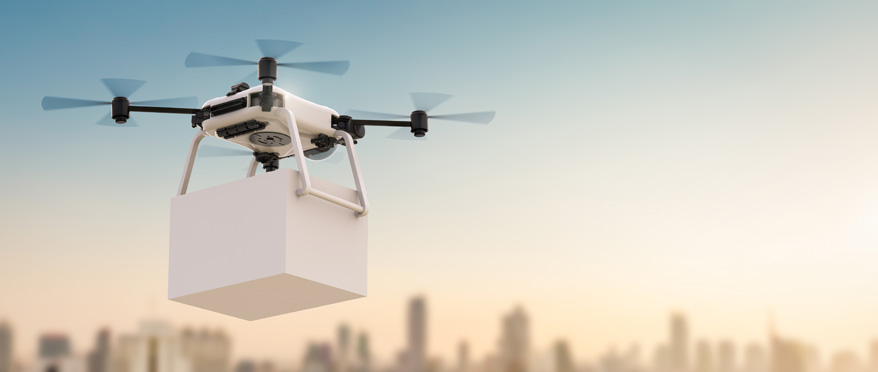
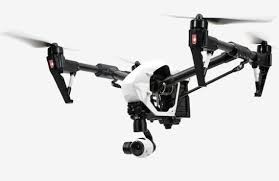
The ability of drones to overcome established barriers and reach places and positions where reporters could not reach has increased their use in the journalism segment. In particular, the following characteristics stand out:
- getting to the scene of the action faster;
- overcome vertical obstacles that man cannot overcome;
- aerial shots with a wide visual field;
- low cost and operational simplicity;
- present low noise, not hindering sound shots; and
- get close to dangerous scenes without risk to the professional.
In search and rescue operations drones can perform long pre-programmed searches, accurately identify the position of the searched, transmit, through loudspeakers, audio messages to reassure the victims, photograph or film the accident site for better planning of the search teams, and launch life rafts, first-aid boxes, food, or communication devices, as needed, increasing survival time until rescue teams arrive at the site. If equipped with infrared cameras, they can identify victims even under the canopy or in conditions of reduced or no visibility.
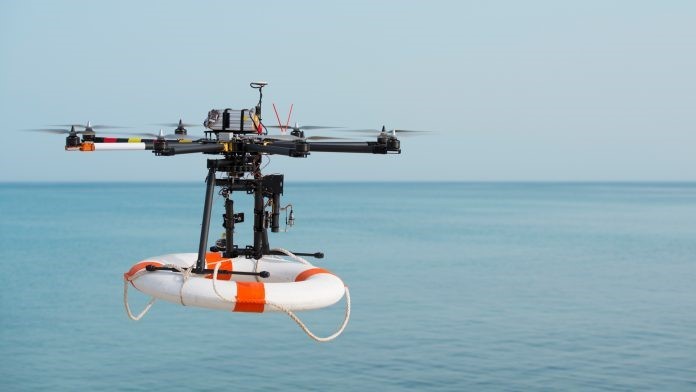
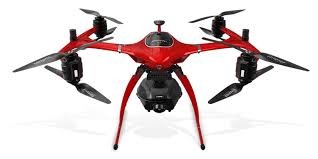
Included in those intended for public safety activities are drones with, albeit limited, fire extinguishing capabilities, either by lifting a hose to launch liquid extinguishing agents or by vertically launching containers with this product. Also common are the measurement of gases present and the launching of first aid boxes and life rafts.
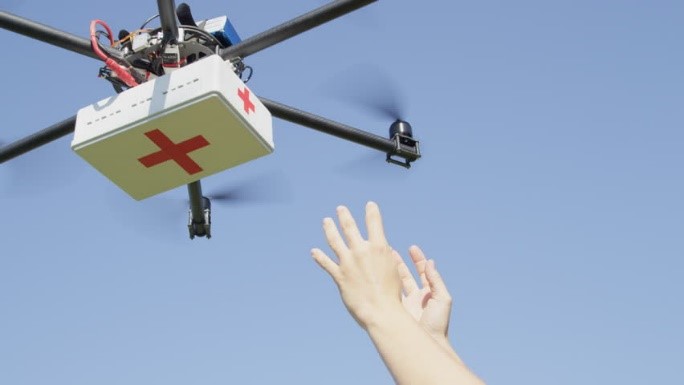
Drones for emergency medical actions basically aim to carry out the rapid transport of medicines and equipment for emergency actions, mostly equipment for resuscitation or reversal of cardiac arrest, a situation where speed is crucial. Thanks to the drones' ability to quickly launch and move, and to easily overcome vertical obstacles, they are able to move in a practically straight line, reducing the distance and, consequently, the time needed to reach their destination.
In addition to compartments for medications and first aid equipment, the drones used for medical emergencies must have 360º cameras, so that when approaching the victim, they can visually identify people who are nearby and, through their loudspeaker, provide the necessary instructions for these people to act correctly to provide first aid until the arrival of health professionals.
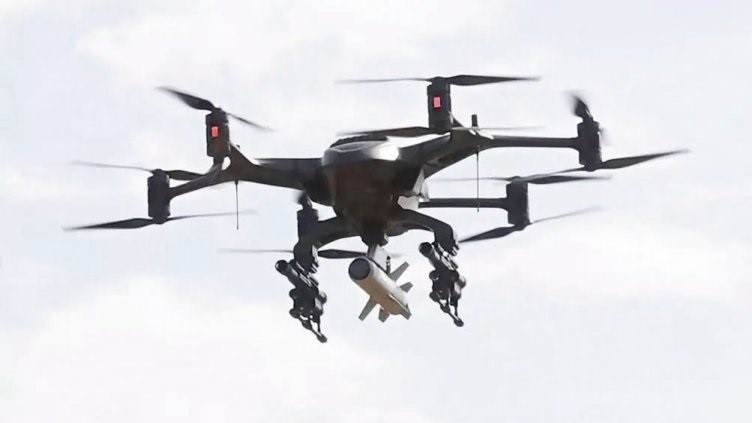
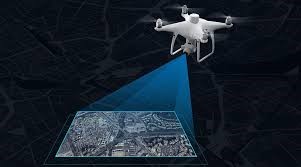
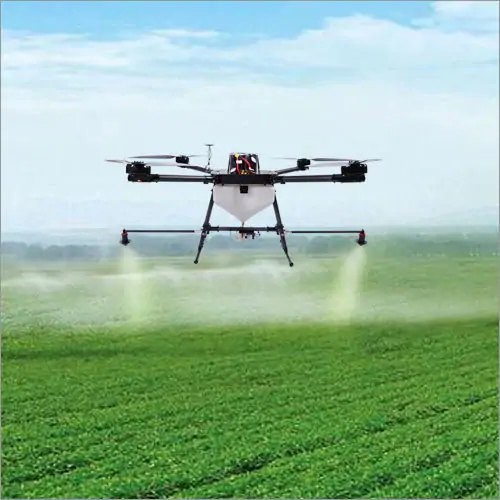
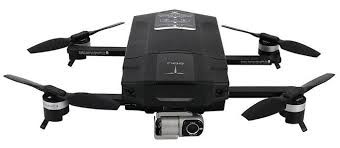
The development of nano-drones could enable the advancement of the application of these devices in even more diverse fields, including medicine.
The aerial drones, due to the greater number, the risk of falling on people and buildings, and the high capacity to interfere with air traffic is what has brought major headaches for authorities around the world. Most countries have already established specific legislation regulating its use, for the various fields of operation, especially the recreational, given the larger number of units and the greater amateurism of its operators. In Brazil who establishes the regulation applicable to the operation of drones is ANAC - National Civil Aviation Agency. The National Telecommunications Agency (ANATEL) and DECEA, an agency of the Aeronautics Command, which is responsible for the control of the Brazilian airspace, also act in conjunction with ANAC, the National Civil Aviation Agency.
In Brazil, ANAC does not classify aerial drones by size, but rather according to their PMD - Maximum Takeoff Weight, as follows: Class 1 - greater than 150 kg; Class 2 - greater than 25 kg and less than or equal to 150 kg; and Class 3 - less than or equal to 25 kg.
With regard to the propulsion system, which provides the power required for the takeoff and flight of aerial drones, the two main types are electric propulsion and internal combustion engine propulsion. The propulsion systems are used to power the propellers and rotors on the drones, which in turn produce the lift needed for flight, just as is the case with large aircraft (airplanes and helicopters). The same production systems are used in land, surface and underwater drones, but with underwater wheels, tracks, propellers and rotors, depending on the type of drone. Other propulsion systems are under experimentation, among them micro jet turbines. Each propulsion system has different performance and result characteristics, presenting advantages and disadvantages, making it more or less suitable for a certain type of drone use.
The electric propulsion systems store energy in their batteries and employ electric motors to drive the propellers and rotors. With a reduced number of moving parts, they produce little noise, present simplified maintenance and allow a faster and more precise response to variations in rotation speed, allowing a more precise positioning of the drone. The ease with which electric power is transmitted from the battery to the electric rotor through electric cables has allowed the number of rotors to be increased, increasing the total performance of the equipment. For this reason, almost all multi-rotor drones have electric propulsion systems. The use of multi-rotor drones has also brought greater reliability to the equipment, allowing its continued operation and safe return to base even if one or two rotors fail to work, according to the project.
The main disadvantage of the electric systems is the shorter flight time, due to the still small capacities of the batteries available on the market. Higher capacity batteries are still too heavy and compromise the usability of the drone by greatly reducing its payload capacity. In addition, the batteries available on the market require a significant amount of time to recharge when depleted, compromising the operational availability of the equipment.
The main components of an electric propulsion system are the battery, the motors, the board with the speed controllers, and the receiver. The battery powers the board that has speed controllers connected to each motor and the receiver. The receiver receives the control signal from the transmitter on the ground and sends the received signal to the speed controllers, which respond by varying the speed of each motor based on the input commanded by the operator and stability algorithms.
The brushless electric motor is the most common type of motor used in today's UAVs because it has a higher thrust-to-weight ratio, greater reliability, higher electrical efficiency, and less noise than traditional brush motors. This type of motor is also used to move or stabilize the electric cameras and other equipment installed as payloads in drones.
Combustion propulsion systems employ the liquid fuel stored in its tank to power a small Otto-cycle combustion engine, which in turn mechanically drives the drone's propellers and rotors. The engines can be two- or four-stroke, powered by nitrous fuel or gasoline. In general, combustion propulsion systems are more complex and more difficult to set up, use, and maintain than electric systems. They also emit more noise, are less reliable, and do not provide the same accuracy as electric systems. However, they can provide significantly longer flight time and are refueled much more quickly. For these reasons, combustion propulsion systems are most commonly used in drones designed to have a longer range, usually fixed-wing drones.
The internal combustion engines used in drones work in a similar way to automobile engines and produce energy by combusting a mixture of fuel and air in a combustion chamber. The rotating shaft of the engine moves a piston that compresses the fuel-air mixture. The mixture is then ignited, producing high-pressure gases that push the piston, turning the shaft by means of a crankshaft.
The main components of a UAV combustion propulsion system are the engine, the fuel tank, and the throttle servo. One or more fuel tanks can be connected to the engine to provide fuel. The servo controls the throttle lever of the engine and receives the control signal from the receiver. Both the receiver and the servo must be powered by a battery. However, since this battery only needs to power the receiver and the servo, they are usually of low voltage, 4 to 6 volts, and of low capacity, around 1600mAh. Lithium polymer (also known as Li-Poly or Lipo) batteries are the most common type of battery used in today's UAVs as the main source of power for the electric propulsion system. Their high energy density and discharge rates make them ideal for use in aerial vehicles. However, they can be easily damaged or even pose fire hazards if not used or maintained properly. Propellers are the devices employed to produce thrust in a UAV and allow it to take off and fly. Like a fan, propellers rotate a set of blades around an axis to generate an airflow that in turn pushes the entire aircraft assembly forward. The rotation and geometry of the propeller is what will determine the performance parameters such as maximum thrust, efficiency, and maximum speed of the drone.
Anti-drone Systems
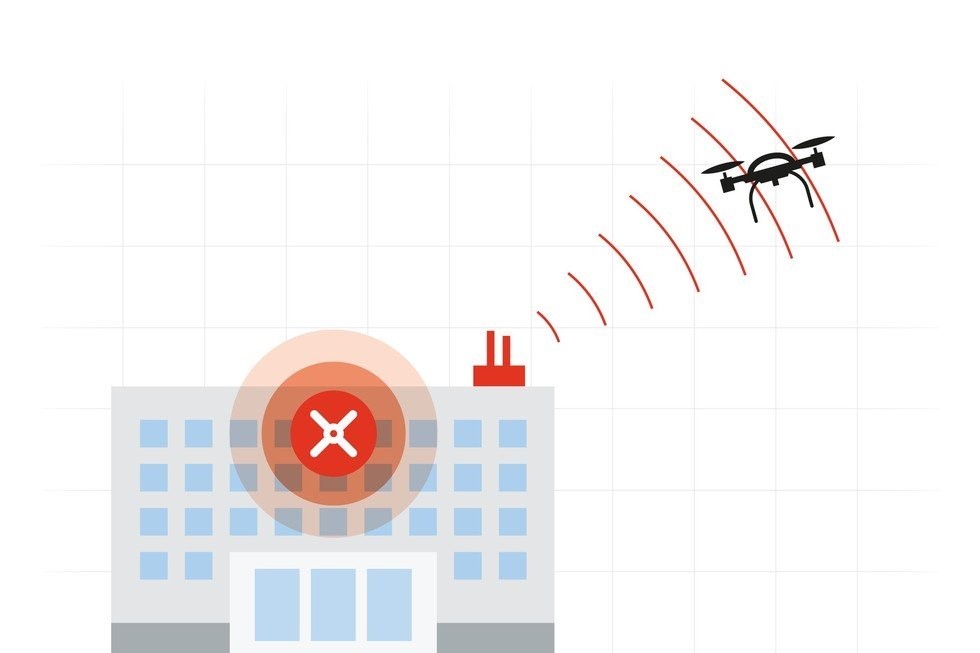
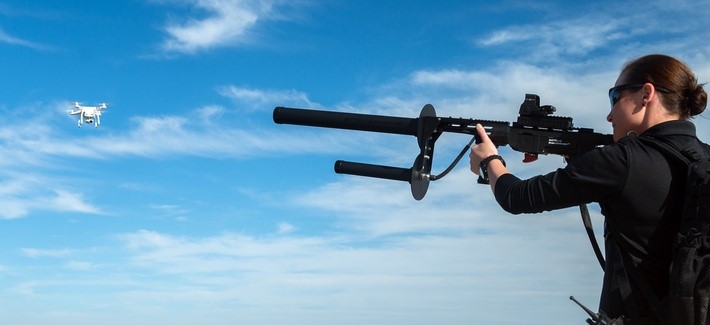
Audio detection - drones emit a very specific sound. There are devices that can listen for the very specific frequencies emitted by vibrating devices, and they work well to some extent. In a quiet environment, these devices can detect an approaching drone with an accuracy of up to 500 feet. A study conducted by Korean researchers and published in January 2017 tested these devices in a real-world urban environment. When used in a noisier environment, the audio detectors had difficulty identifying approaching drones.
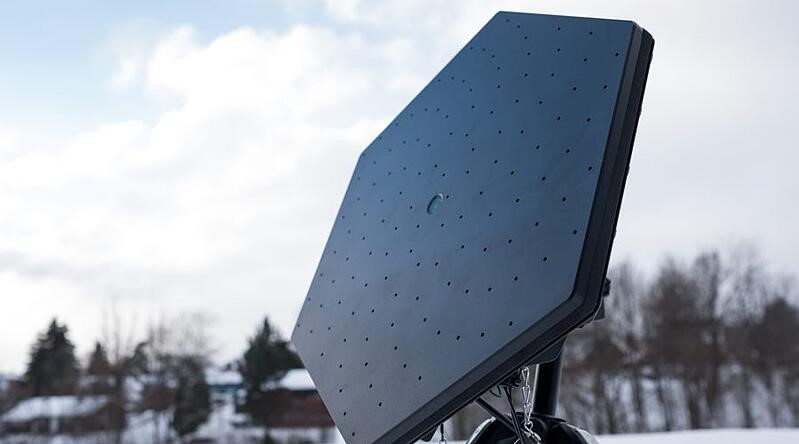
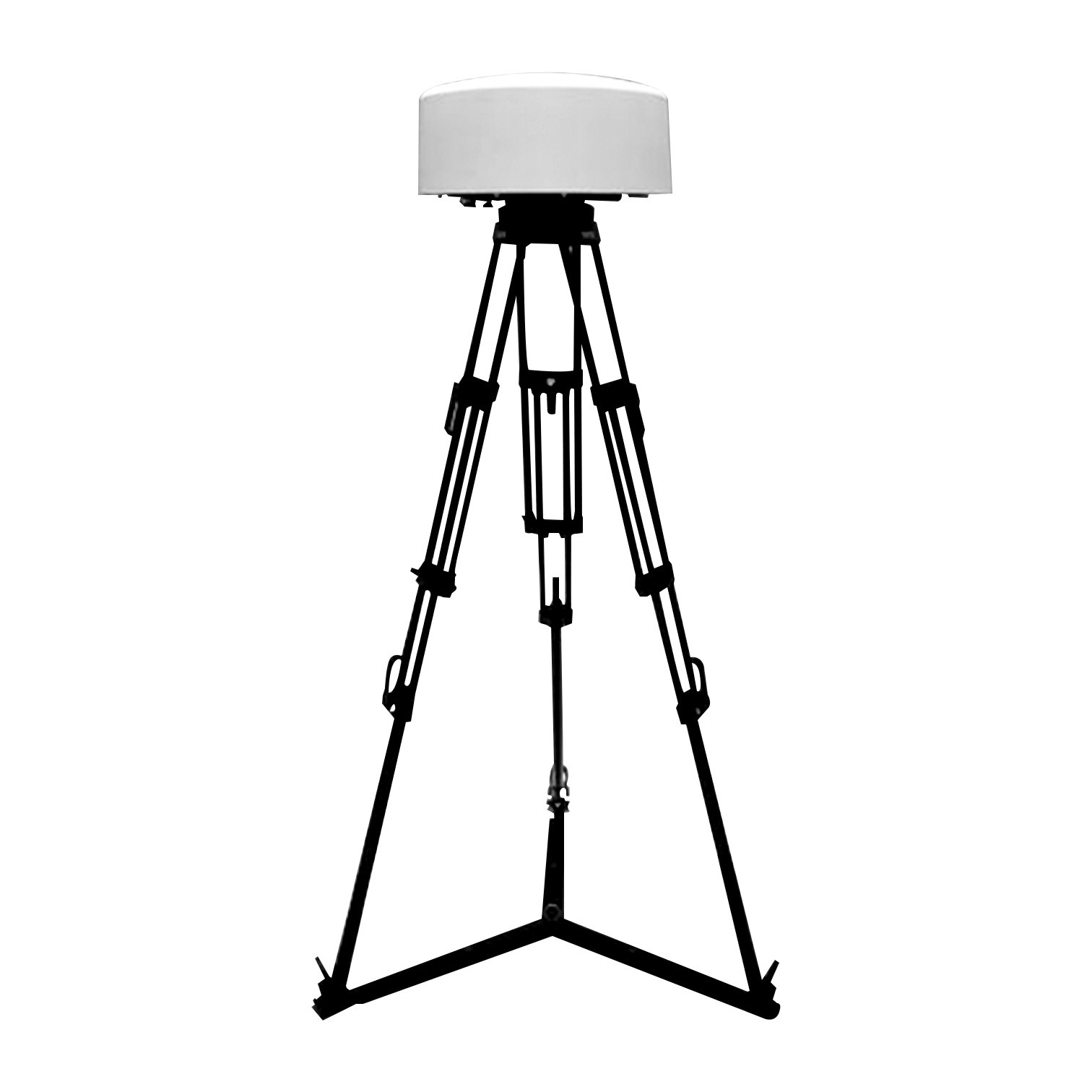
RF technology - Drones operate using radio frequency to communicate with their operators. To keep the receiver and transmitter connected, they are paired with specific RFID chips that prevent other devices on the same frequency from interfering with the drone.
Jammers - In order not to interfere with communications from manned aircraft, cell phones, public broadcasts, or other already dedicated radio bands, drones typically employ the 2.4 GHz and 5.8 GHz frequencies to communicate with the operator. Jammers act by emitting electromagnetic signals at these frequencies, drowning out your control signals. Jammers can be fixed, mobile (gun-like), and can safely land a drone on the ground far from where it was intended to go.
Geofencing - "Geofencing" works to create a barrier around a specific airspace, using a combination of a GPS network and LRFID (local radio frequency identifier) connections such as Bluetooth or Wi-Fi. This sanctuary is created using a combination of hardware and software to create a physical, invisible boundary around an airspace. Some drone manufacturers are including fencing technology in their aircraft to alert pilots when they enter no-fly zones or restricted airspace such as prisons, power plants, or airfields.
Video detection - Video can be used in conjunction with other drone detection technology to create and relay a visual record of a drone-detected incident. Due to factors such as weather or seasonal changes, video detection is not the ideal first line of defense in detecting incoming drones, but can be a valuable tool for recording drone incidents for future review.
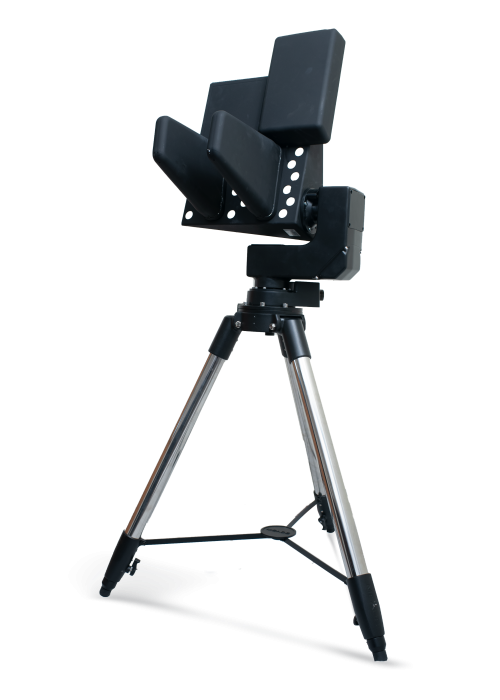
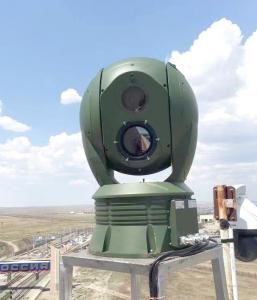
Thermal detection - Thermal imaging is also not an excellent first line of defense in drone detection, but it can be a useful tool for finding drone operators in a remote region. For example, in a restricted space, such as the area around a power plant. If a drone is detected in airspace, thermal imaging cameras attached to a drone operated by plant security personnel can be used to help locate the operator near the intruding drone.
Radar detection - Drones are generally small, low-flying aircraft, which makes them very difficult to pick up using radar. Radar technology is great for locating large, long-distance, manned aircraft flying in traditional airspaces. But they cannot easily detect small drones.
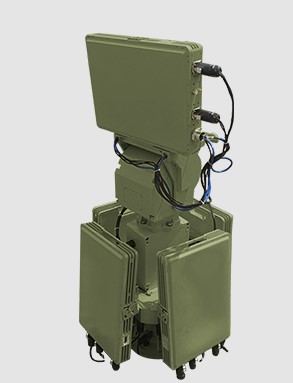
QUARTZO Defense Engineering has a wide range of professional and recreational drones, modern and with high performance, capable of meeting the most diverse operational needs of our customers. We also have fixed and mobile systems, for point or area defense against drones. Because we work with some of the best international manufacturers and have a diversified portfolio of both devices, with differentiated characteristics in terms of range, speed, payload capacity and on-board resources, and payloads, incorporating the most modern technologies in terms of optronics and robotics, we are able to meet the needs of our customers without them having to change or reduce the operational requirements established for their projects. Quite the contrary, we have the perfect equipment to meet your operational needs.
